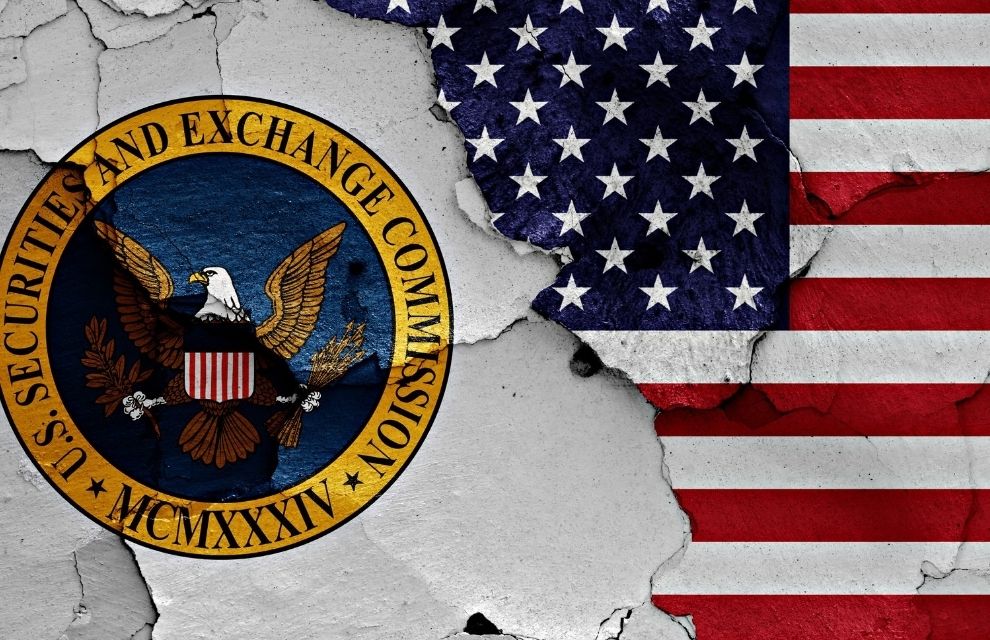The Securities and Exchange Commission (SEC) has issued a series of announcements confirming long anticipated changes to clearing and settlement markets.
In a lunchtime statement, the SEC indicated that it had voted to propose rule changes designed to reduce risk in clearance and settlement for securities transactions, including shortening the standard settlement cycle for most broker-dealer securities trades to T+1.
The proposal also includes rules targeted at broker-dealers and registered investment advisers requiring that affirmations, confirmations and allocations should take place “as soon as technologically practicable” on T+0.
Third, the release requires clearing agencies that provide central matching services to have policies in place to improve straight-through processing (STP) rates and to encourage fully automated trade processing.
The SEC has opened a consultation window — which will extend for 60 days from the time the release is posted on the SEC’s website — to gauge market sentiment regarding the optimal approach for moving to a shorter settlement cycle and the challenges embedded in doing so.
Commenting on the SEC’s proposal to shorten the securities settlement cycle, Commissioner Hester M Peirce says: “In all my years as a securities lawyer, I never thought that the day would come when normal people would want to have conversations with me about the arcane, technical issues, but after January 2021, they did.”
In reality, these are themes that the industry has been debating for many years. The SIA-driven project to apply T+1 settlement in the US in the early 2000s was mothballed in the autumn of 2002, but not before it encouraged post-trade product innovation — including the release of Omgeo’s Central Trade Manager for example — that has sharpened matching rates and STP for the subsequent two decades.
Given that industry groups are already discussing a path to T+1 and some have development projects in train, the Commission notes that SEC action may not be necessary to deliver this transition.
“But if the Commission has a role to play in facilitating the shorter settlement cycle, I believe it will be a good use of our time and resources,” says Pierce.
The proposal will establish a compliance date of 2024 if the rule is finalised.
Commissioner Pierce indicates that she welcomes respondents’ views on whether this timetable is workable given the changes required to deliver next-day settlement.
She also requests respondents’ feedback on whether a move to T+0 securities settlement is viable and warrants the associated implementation costs. Would a T+0 settlement cycle unnecessarily increase trading costs, including the need to prefund transactions? Would it trigger other changes that reduce market settlement liquidity? And would blockchain-based technology be useful in facilitating transition to a T+0 timeline?
SEC chair Gary Gensler comments: “The technology actually exists today not just for same-day affirmations, confirmations and allocations, but even for same-day settlement. There are many operational issues, however, so I am eager to hear the public’s feedback on what those might be and how we might address them.”
Since the Congress gave the SEC authority to shorten the settlement cycle in 1975, the Commission has twice cut settlement timeframes — from T+5 to T+3 in 1993 and a further reduction to T+2 in 2017.
“These changes were made possible by new technologies that have made the settlement process more efficient,” adds Gensler. “Today, we have the technology not only to shorten the settlement to one day, but also to shorten key elements of the clearing process to trade date.”



